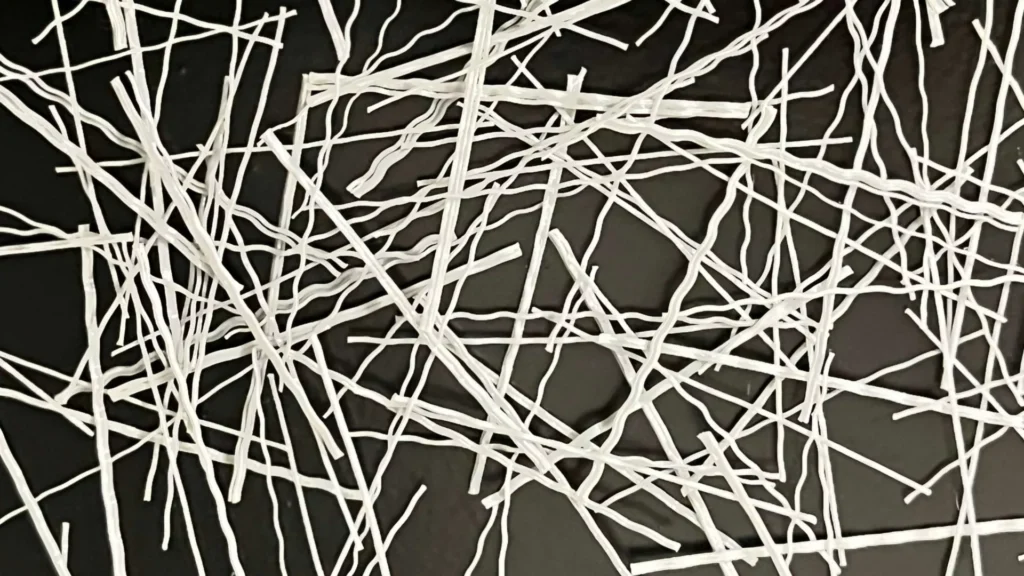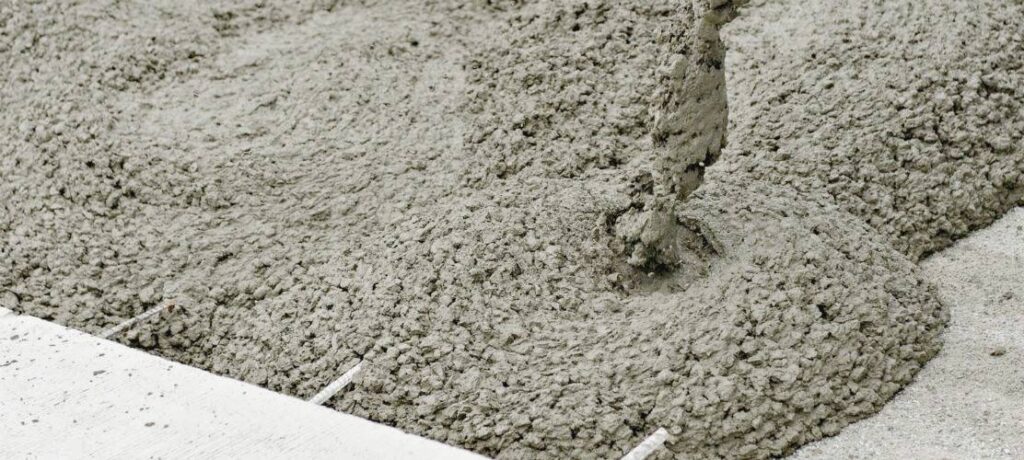By understanding the pros and cons of fiber mesh concrete, construction professionals and project owners can make informed decisions about its usage, ensuring optimal results for their projects.
1. Understanding Fiber Mesh Concrete
Fiber mesh concrete, also known as fiber-reinforced concrete, is a type of concrete that incorporates fibers into the mixture to enhance its properties. These fibers, typically made of materials like synthetic fibers, steel, or glass, are evenly distributed throughout the concrete matrix, providing reinforcement and improving its performance. Next, we will discuss the topic of Pros and Cons of Fiber Mesh Concrete.
2. Pros of Fiber Mesh Concrete
2.1 Improved Durability
The addition of fibers in the concrete mixture enhances its durability by reducing crack formation and propagation. The fibers act as reinforcement, dissipating stress and preventing cracks from widening. This results in a more robust and long-lasting concrete structure.
2.2 Enhanced Crack Resistance
Fiber mesh concrete exhibits improved crack resistance, especially in situations where shrinkage cracks are a concern. The fibers help to distribute stress and restrain crack formation, minimizing the potential for cracks to develop and compromise the structural integrity.
2.3 Ease of Application
Fiber mesh concrete offers ease of application compared to traditional reinforcement methods. The fibers are uniformly dispersed throughout the mixture, eliminating the need for additional reinforcement placement. This simplifies the construction process and reduces labor requirements.

3. Cons of Fiber Mesh Concrete
3.1 Higher Upfront Costs
One of the main drawbacks of fiber mesh concrete is its higher upfront costs compared to conventional concrete. The cost of incorporating fibers into the mixture, along with potential adjustments in the concrete mix design, can contribute to increased project expenses.
3.2 Uniform Fiber Distribution Challenges
Achieving uniform fiber distribution throughout the concrete can be challenging. Improper mixing or inadequate fiber dispersion may result in uneven reinforcement, reducing the effectiveness of the fibers and compromising the desired properties of the concrete.
3.3 Limited Flexibility in Design
Fiber mesh concrete may have limitations in terms of design flexibility. The presence of fibers can affect the workability of the concrete, requiring careful consideration during the mix design phase. Additionally, certain fiber types may have restrictions on their maximum dosage, limiting the extent to which reinforcement can be added.

Conclusion
In conclusion, fiber mesh concrete offers several advantages such as improved durability, enhanced crack resistance, and ease of application. However, it also has drawbacks, including higher upfront costs and challenges in achieving uniform fiber distribution.
Construction professionals and project owners should carefully evaluate the specific requirements of their projects and weigh the pros and cons of fiber mesh concrete.
By doing so, they can make informed decisions about its implementation, ensuring the successful and cost-effective completion of their construction projects.